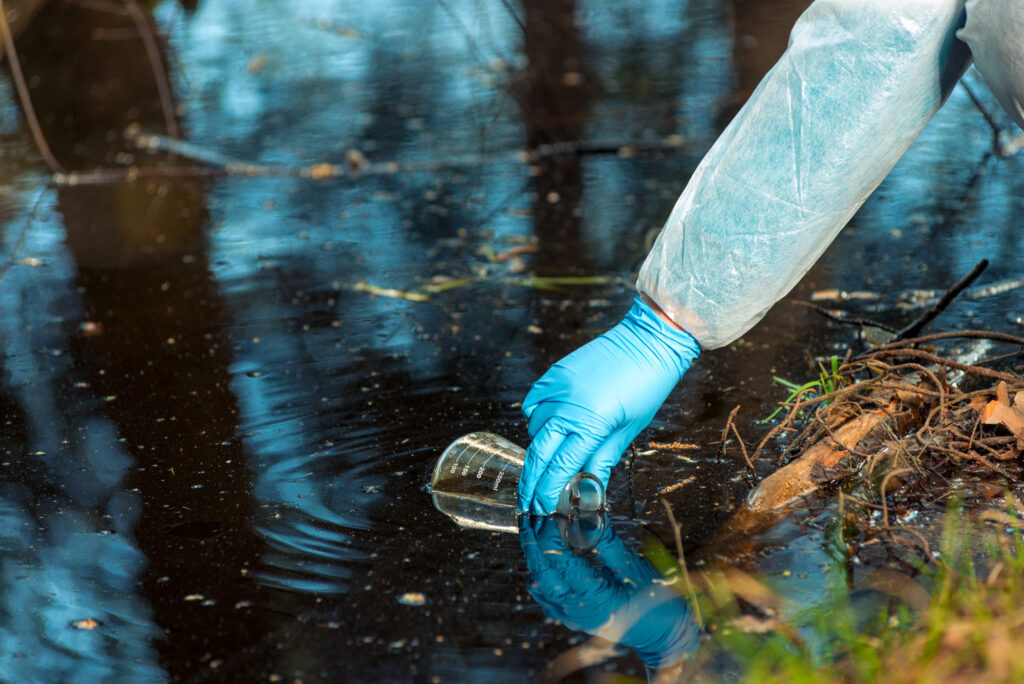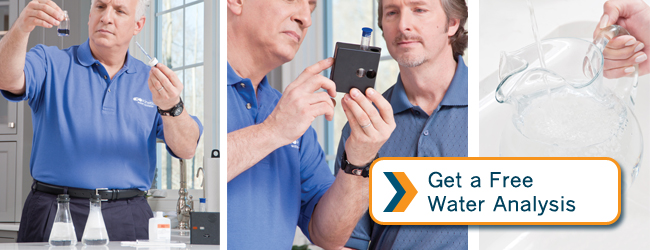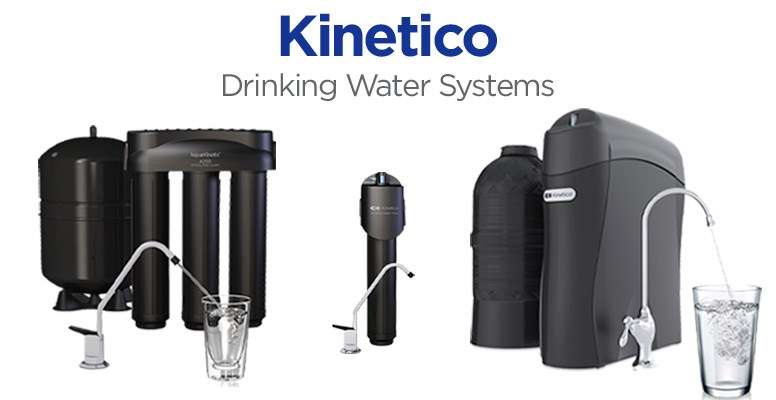What are VOCs? Volatile organic chemicals (VOCs) are liquid or solid chemicals that can easily evaporate into gases. VOCs are a significant source of pollution in the environment, sometimes found in the groundwater beneath certain industrial businesses such as dry cleaners and gas stations.
What are examples of VOCs in water? Because some of that chlorinated drinking water goes down the drain, THMs are often detected in wastewater. Solvents—with consumer and industrial uses such as degreasers, paint removers, and cleaning agents—also are among the VOCs detected in groundwater.
How do Volatile Organic Compounds get into your water?
Volatile Organic Compounds, or VOCs, are organic chemicals that have extremely low boiling points, causing them to become gasses and vapors very easily in their surroundings. VOCs are used to produce many common household products so our exposure to the chemicals is almost certain. When products containing volatile organic compounds are used, they can vaporize into the air we breathe and dissolve into the water we drink. Airborne VOCs are usually found in higher concentrations indoors than outdoors. VOC’s can get into groundwater from spills and leaking underground tanks and are carried by the wind into surface waters.

What are some sources of VOCs in our drinking water?
- Paints, varnishes, stains, petroleum solvents
- Certain aerosol sprays
- Pesticides
- Leaking fuel tanks
- Automotive liquids, including motor oil
- Dry cleaning wastes
What are the compounds that cause harm in your water?
VOCs include a long list of chemicals that can affect air quality and water quality. The following list includes the most common ones found in drinking water.
- Trihalomethane: Trihalomethanes are VOCs that form as a byproduct of disinfection during the water treatment process. These are caused by a reaction between chlorine and organic compounds that naturally exist in the water. Trihalomethanes are most common in city water treated with chlorine, but they can also be found in shallow well water that is disinfected using chlorinated chemicals.
- Perchloroethylene: Perchloroethylene is a chemical solvent that is commonly used for cleaning, particularly in dry cleaning. It is often seen in stain removal solutions and products used to lubricate surfaces.
- Methyl tert-buytl ether (MTBE): Methyl tert-buytl ether (MTBE) is a liquid chemical that is often used as an additive in gasoline. It can increase oxygen levels in the gasoline, helping to reduce pollution caused by gasoline emissions. MTBE is banned in several states due to concerns about groundwater contamination.
How do the VOCs get in Private Water & City Water?

Volatile organic compounds can enter water supplies when we use products containing the chemicals, through spills or underground leaks. Some VOCs are more common in well water supplies, while others tend to be in surface waters.
IN CITY WATER: Volatile Organic Compounds can be found in city water as a result of disinfection. When chlorine is used to kill harmful bacteria that can cause waterborne illness, a chemical reaction with other substances in the water can occur, forming VOCs, like trihalomethane. The EPA requires municipal water suppliers to produce an annual Consumer Confidence Report detailing the water quality including potential contaminants, like VOCs, and their potential health effects. You can find your local Consumer Confidence Report using the EPA’s website. There are other resources you can check for contaminants in your city water like Enviornmental Working Group’s (EWG) tap water database. The EWG database is broken down by location and has a list of contaminants, including VOCs, that can be found in tap water.
PRIVATE WATER SUPPLIES: If you have a well, it’s best to have your water tested to see if it is affected by VOCs. You alone are responsible for determining if VOCs are in your water and how to remove them.
How is VOCs harmful to me and my family?
It is important to understand the risk of VOC exposure. Research suggests that prolonged exposure to high concentrations of VOCs in drinking water can have adverse effects on health.
HEALTH ISSUES LINKED TO VOCS:
- Central nervous system damage
- Cancer
- Kidney damage
- Liver damage
How do you know if VOCs are in your water?

If you have city water and want to know if your water could be affected by volatile organic compounds, you can check the Consumer Confidence Report provided by your municipal water supplier. We also suggest having your water tested by a certified water professional or a water testing lab. It is the best way to determine if city water or a private water source contains volatile organic compounds or other contaminants.
Take the next step in eliminating bottled water or untreated tap water from your life. You can contact KarSare Water Systems to schedule a free water test. On of our water professionals will help you determine what is best for your home’s needs, whether that is a K5 Drinking Water Station®, one of our industry leading water softeners or a combination of products. No matter the decision you make, be aware of your home’s or business’ water situation and protect your health.

How can I remove VOCs in my drinking water?
ACTIVATED CARBON FILTERS: Filters and drinking water systems that include activated carbon filter cartridges that are properly designed and certified by third-parties for VOC reduction are effective solutions to greatly reduce VOCs in drinking water. Our MACGuard Filter is a carbon filter drinking water system.
REVERSE OSMOSIS WATER STATIONS: Reverse osmosis (RO) must be used to remove some VOCs from drinking water. An outstanding combination of treatments is to use both RO with specific activated carbon filters as a pre-filter and/or post-filter. At Kinetico, we offer two reverse osmosis systems that use specific activated carbon filters along with the reverse osmosis membrane – The Kinetico K5 Drinking Water Station® and the AquaKinetic A200.







